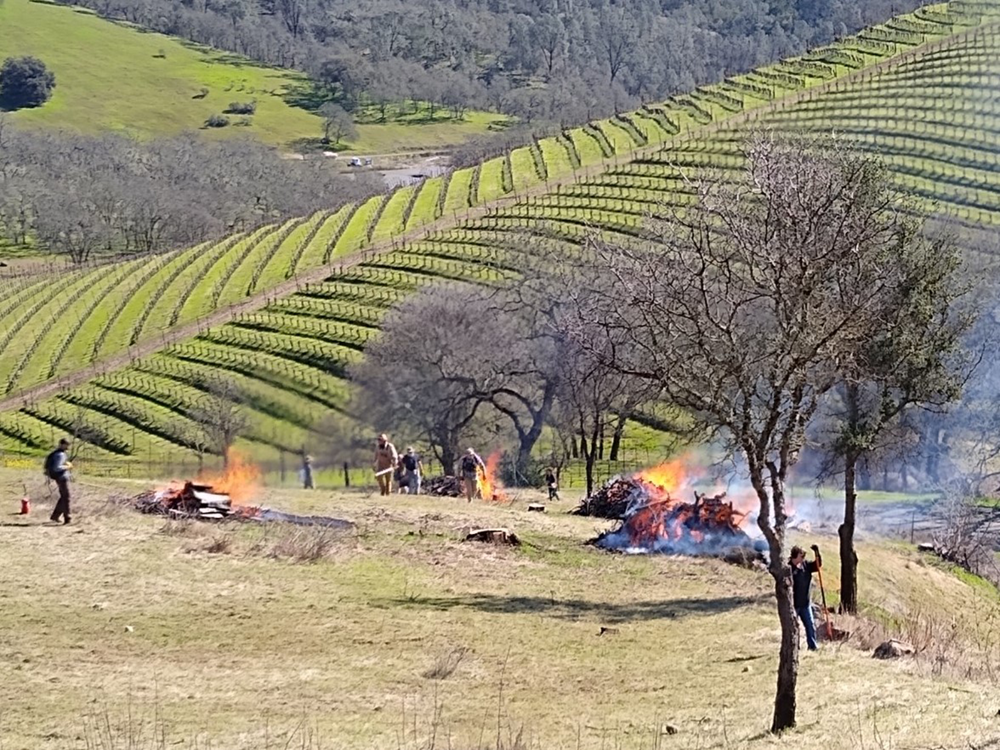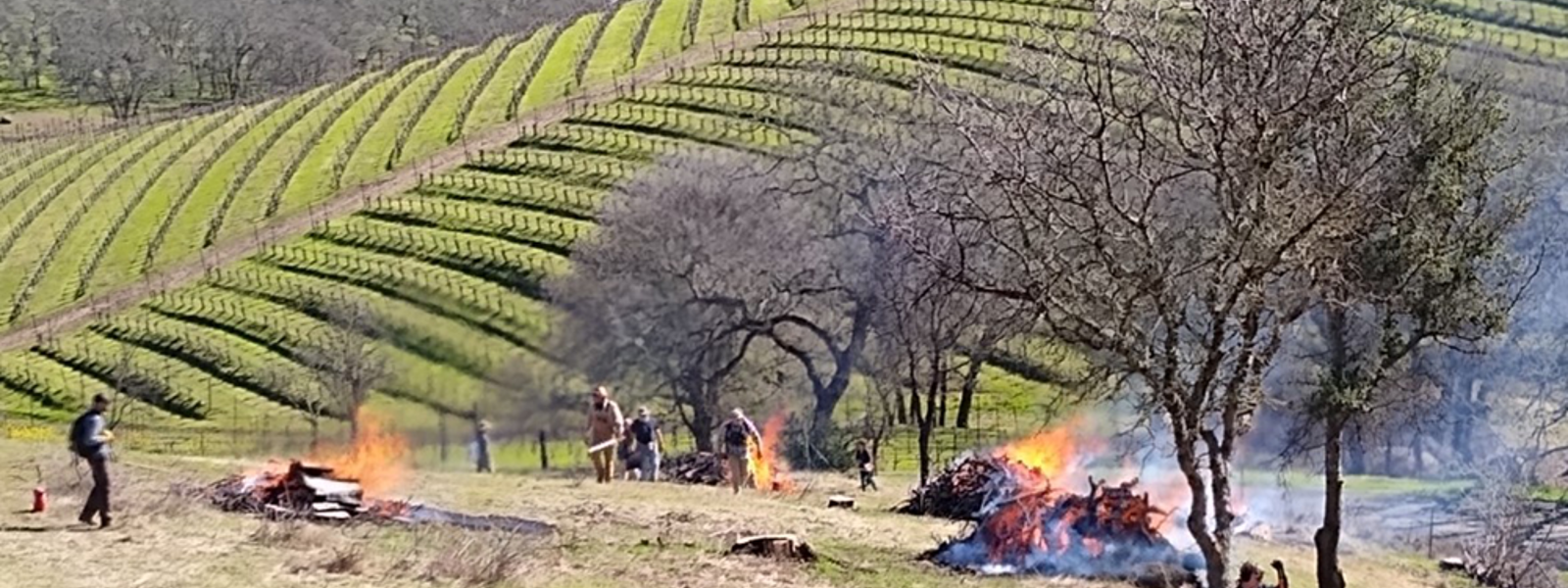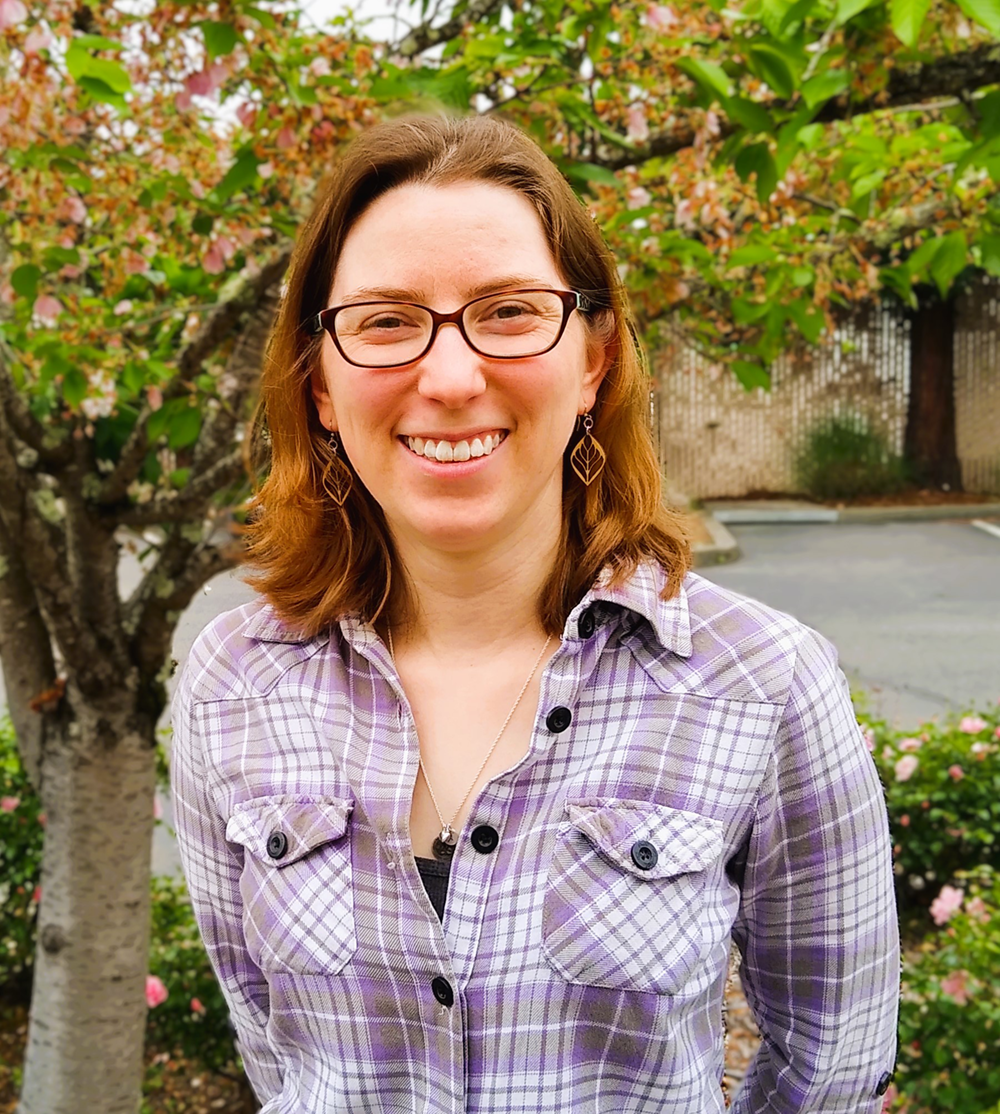Commentary: Before wildfire season, take actions to protect farms

Brush is burned at a Napa County vineyard to safeguard the property from threat of wildfire events.
Photo/Tori Norville/UC Agriculture and Natural Resources



By Tori Norville and Katie Low
Valley, Tubbs, Nuns, Atlas, River, Glass and August Complex. These are names of just some of the large wildfires that have impacted coastal and inland communities in Northern California since 2015.
In the past nine years, more than 2 million acres of forests, rangelands, chaparral and cropland burned from Sonoma, Napa, Humboldt and Trinity counties to multiple counties in the Sacramento Valley and Sierra Nevada.
Despite highly intense wildfire seasons in the past decade, the last two fire seasons were relatively calm. Slower fire seasons provide landowners the opportunity to improve their wildfire preparedness.
Agricultural infrastructure, including barns, wood fencing, hay and more, has inherent vulnerabilities to wildfire. However, buildings and infrastructure can be designed and maintained to reduce their vulnerability to fire and fire-related damage to agricultural resources. A combination of structure hardening, improving defensible space and implementing landscape-level fuel reduction projects can help buildings and assets survive wildfires.
Structure hardening involves improving or maintaining building components such as roofs, gutters and vents to reduce exposure to flames and embers. Improvements can range from cleaning to replacing structures.
When assessing your buildings for wildfire preparedness, consider:
• Are roofs and gutters clear of debris or have dry leaves and other flammable material accumulated?
• Are there gaps in the roof or siding that need to be covered?
• Are flame- and ember-resistant vents installed, or are vents covered with a 1/8th-inch mesh screen?
• Is there a way to close windows or large openings in the event of a wildfire to prevent flames and embers from entering the building?
Another key is creating defensible space by reducing vegetation and combustible materials around structures. Eliminating pathways of combustible materials can prevent wildfire from burning directly to structures by reducing the potential for ignition and provide a safe zone for firefighters to defend structures.
Landowners can approach defensible space using the three-zone strategy. Each zone has a role in helping increase structural survival and prevent wildfires.
Removing combustible material from Zone 0, which is within 5 feet of structures, is the most critical part of an effective defensible space strategy. This can reduce the likelihood of fire near a building. Best practices include removing all vegetation and combustible material around structures, outbuildings and attached decks or stairs. Proposed state legislation under review would require 5 feet of defensible space around structures.
When assessing Zone 0 consider:
• Does a combustible material fence or gate attach to the structure?
• Are there combustible materials such as woodpiles or crates, etc., next to the structure?
Zone 1, which is 5 feet to 30 feet from structures, emphasizes well-spaced and well-maintained vegetation and can provide safe areas for firefighters to work.
Considerations for Zone 1 include:
• Do trees need to be pruned up to 6 to 10 feet from the ground?
• Is there dead vegetation to be removed?
• Does the grass height exceed 4 inches?
Zone 2, which is 30 feet to 100 feet or more, aims to reduce flame heights of an approaching wildfire through well-spaced and well-maintained vegetation.
Considerations for Zone 2 include:
• Are trees or groups of trees spaced by at least 10 feet?
• Is there dead vegetation to be removed?
Most fields, vineyards and orchards contain defensible space due to their lines of sight and road access that allow firefighters to see and work. However, many properties have wildland around the fields, which can be weak points in a property’s fire protection strategy.
Many agricultural landowners in Sonoma and Napa counties are engaging in forest thinning, pile burning, prescribed fire and targeted grazing to reduce fire hazards and achieve other management objectives. These include increased biodiversity, postfire restoration and forest health.
More information about structure hardening, defensible space and wildfire preparedness for farms and ranches can be found at the University of California Agriculture and Natural Resources website https://ucanr.edu/fire.
(Tori Norville is a UC Cooperative Extension fire science advisor in Sonoma, Napa and Marin counties. Katie Low is statewide coordinator for UC ANR’s Fire Network. They may be contacted at trnorville@ucanr.edu and katlow@ucanr.edu.




